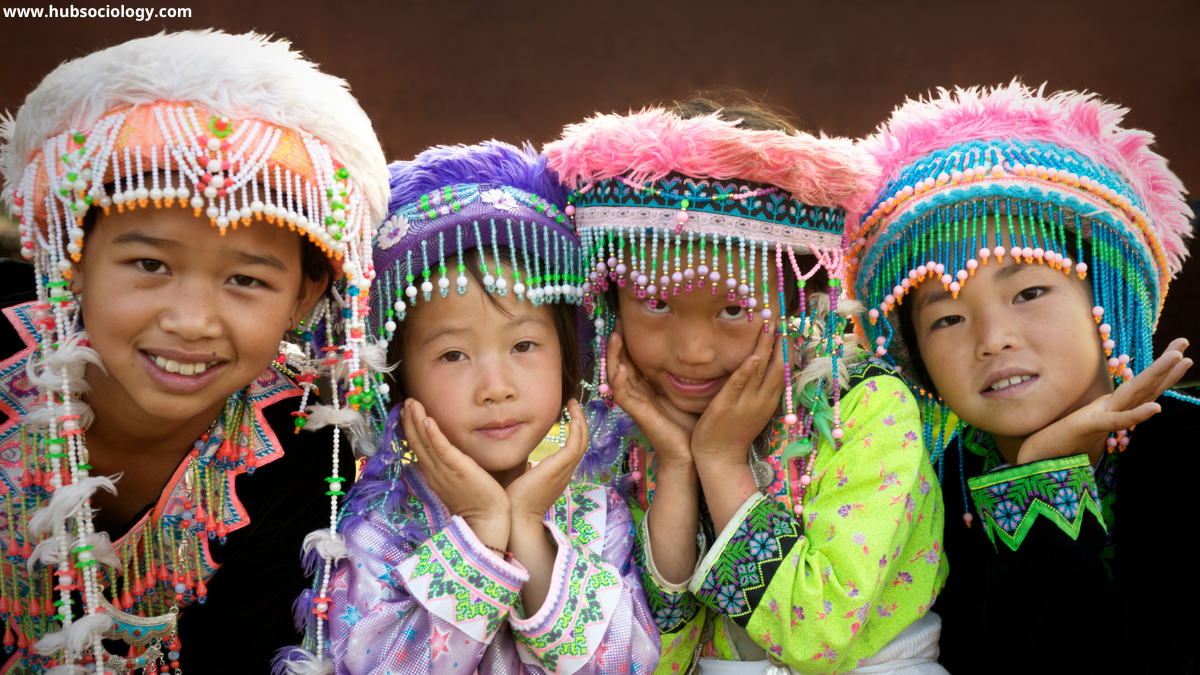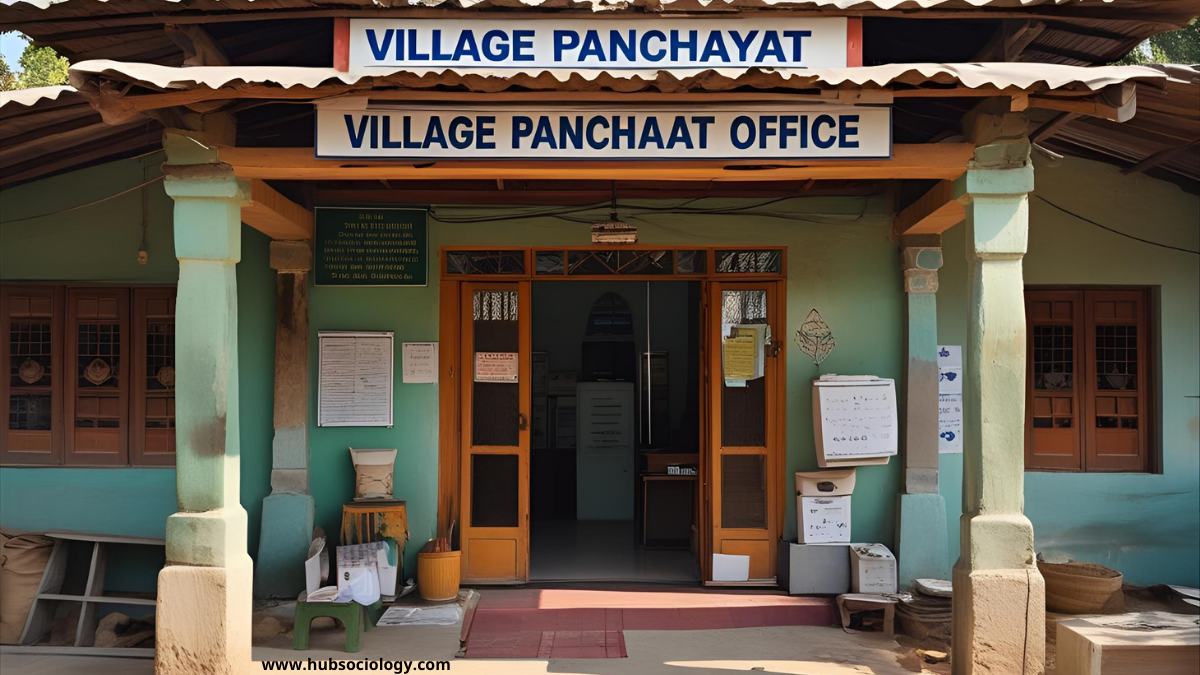Tribal Communities in India and Their Social Status: A Sociological Perspective
Introduction India is home to one of the largest tribal populations in the world, with nearly 104 million individuals (Census 2011) officially recognized as members of Scheduled Tribes (STs). Spread across diverse geographical regions—from the dense forests of central India to the hilly terrains of the northeast and the deserts of Rajasthan—tribal communities represent a … Read more








